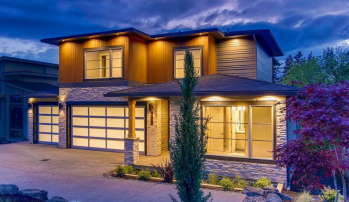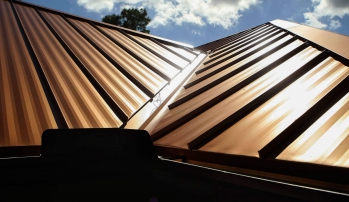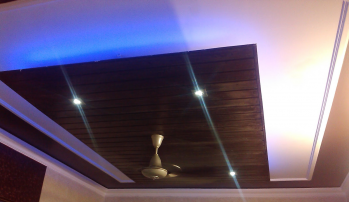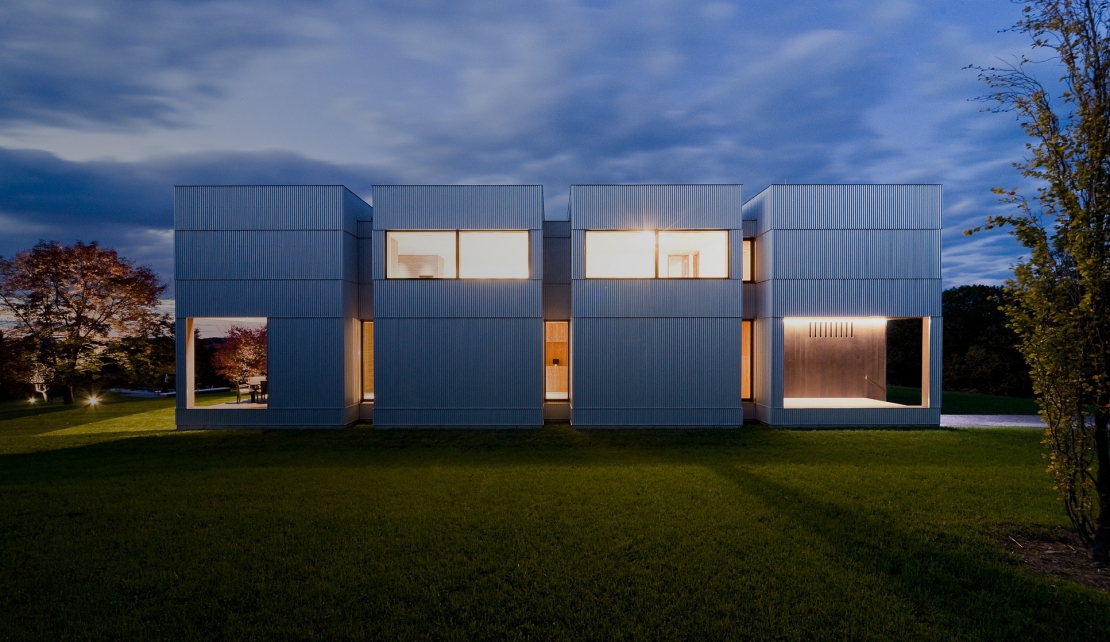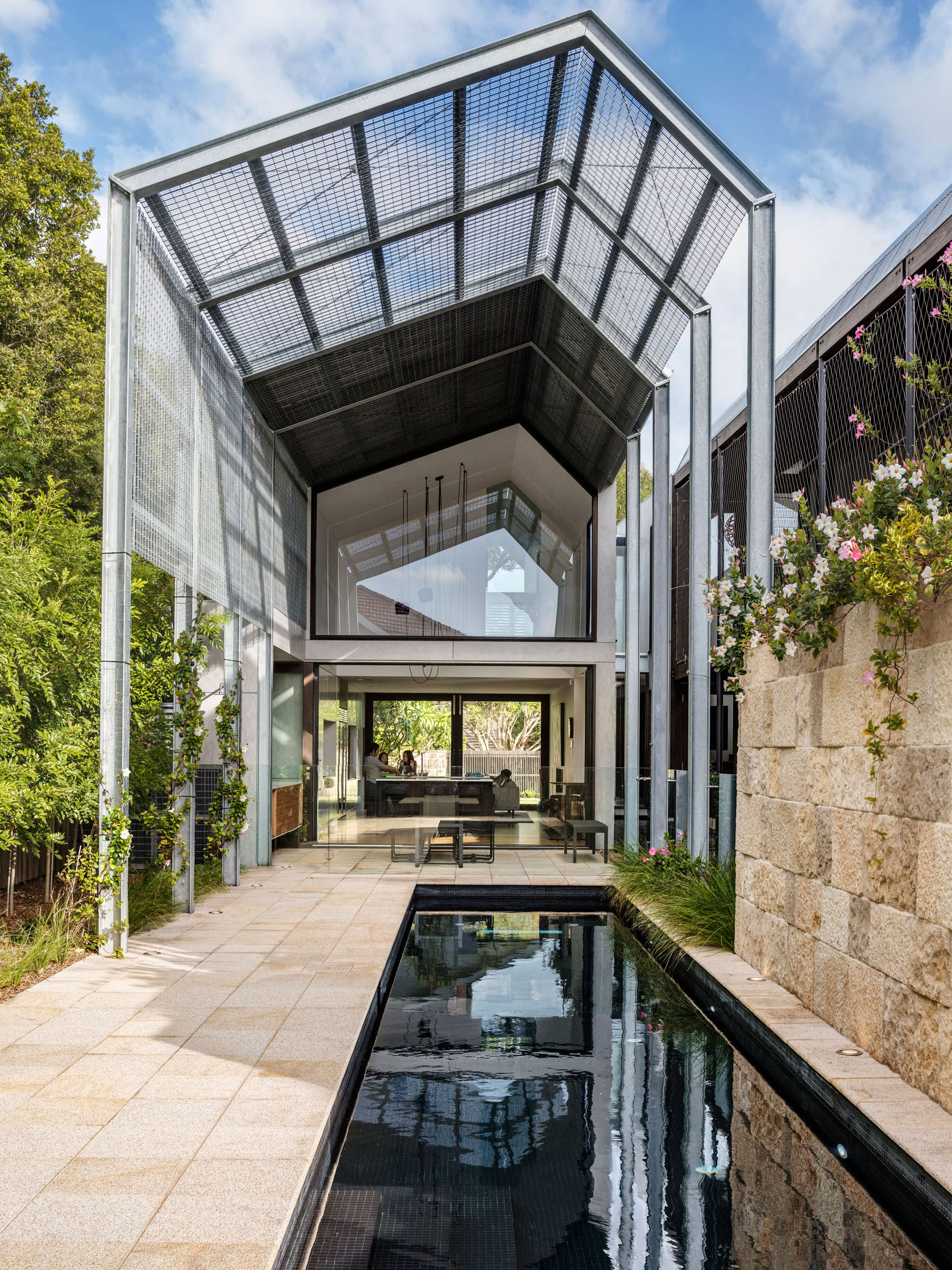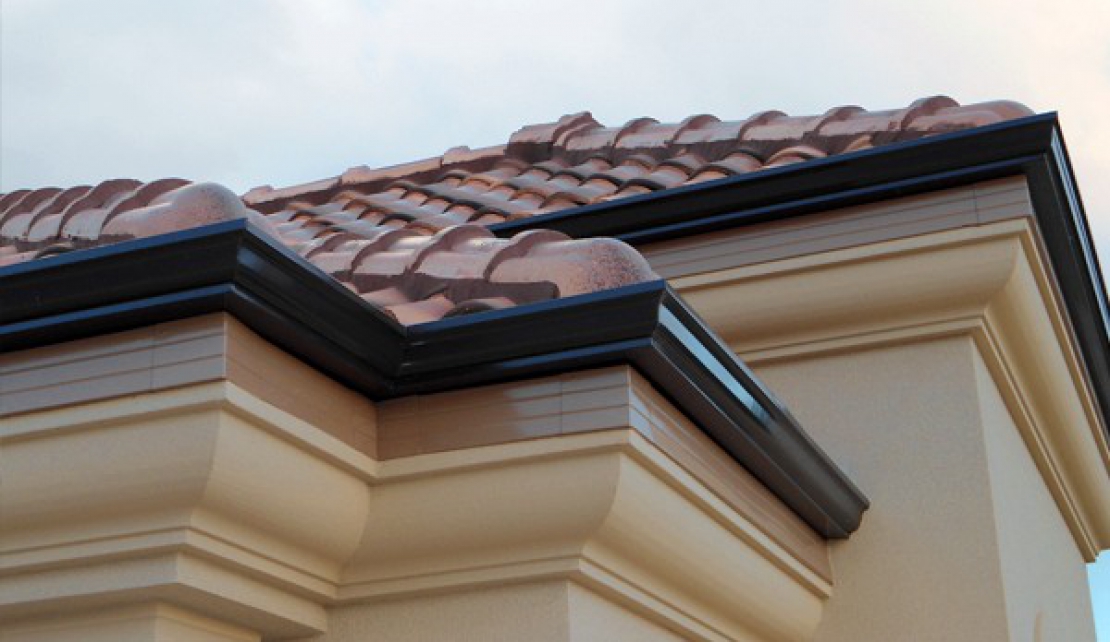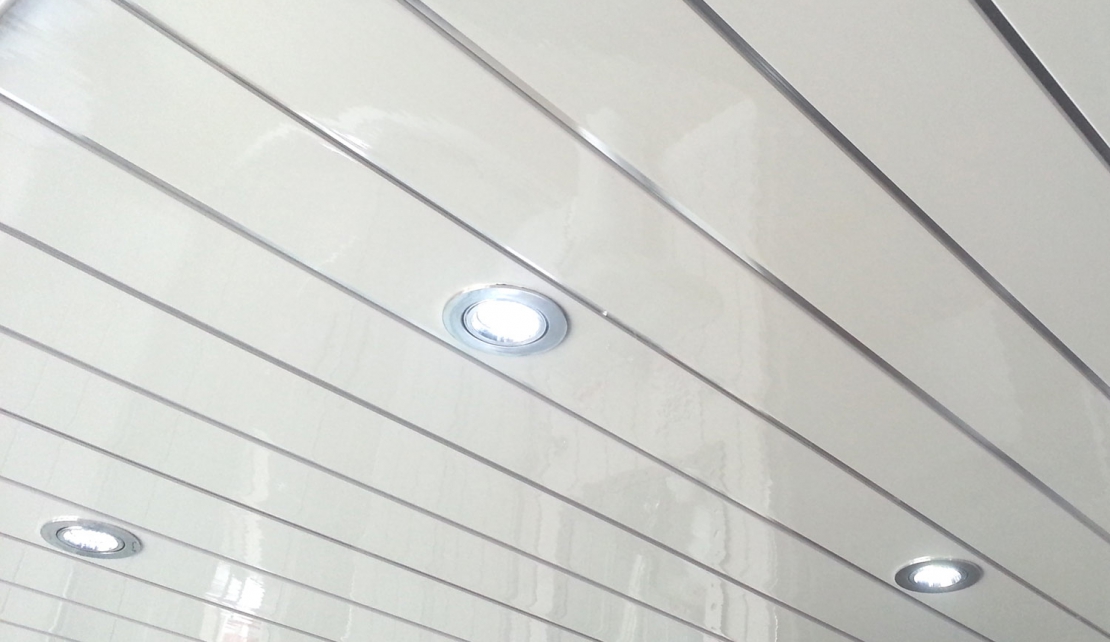In the early 20th century newly built residential homes built of corrugated iron were scarce, but did exist after years of exhibitions demonstrated the versatility of the material. In the following decades you’d have better luck at a military outpost in Britain or France where rows of Nissen Huts made of corrugated iron sheets were erected during World War One and Two.
More efficient production allowed iron sheets in the former years of the industrial revolution to be mass produced and widely distributed from Britain. Defining events like the California and Australian Gold rushes and WWI and WWII accelerated the improvement and demand of cheap, durable materials that could be transported easily — corrugated iron fit the bill.
Fast forward into the 21st Century and the incorporation of corrugated iron into residential properties isn’t so uncommon. Take award-winning architect Glenn Murcutt for example. Murcutt has made a name for himself across the world through his particular attention to the topography and climate of the regions he works in.
Corrugated iron’s ability to resist temperature change allows the interior of structures to remain cool even in extreme heat conditions, while its fire-proof quality only adds to the practicality of the material. Architects now realize, perhaps more than ever before, that the use of materials resistant to extreme and unpredictable weather conditions are just as important as sustainable ones.


